Free thyroxine levels were positively associated with high coronary artery calcification score (odds ratio, 228; Risk ratios, odds ratios, and hazard ratios are three ubiquitous statistical measures in clinical research, yet are often misused or misunderstood in their interpretation of a study's results A 01 paper looking at the use of odds ratios in obstetrics and gynecology research reported 26% of studies (N = 151) misinterpreted odds ratios as risk ratios , while a In every other way the hazard ratio is similar to odds ratio and relative risk wherein treatment efficacy is denoted by a hazard ratio of less than 10 in prevention trials and a hazard ratio of more than 10 in treatment trials Table 3 Hazard ratio and timetoevent analysis 1
Plos One Pcsk9 Loss Of Function Variants And Risk Of Infection And Sepsis In The Reasons For Geographic And Racial Differences In Stroke Regards Cohort
Hazard ratio or odds ratio
Hazard ratio or odds ratio-Ratio and odds ratio/risk ratio – Hazard/rate ratio ratio of incidence rates – Odds/risk ratio ratio of proportions By taking into account time, you are taking into account more information than just binary yes/no Gain power/precision Logistic regression aims to estimate the odds ratio;Odds Ratio Odds Ratio for comparing two proportions OR > 1 increased risk of group 1 compared to 2 OR = Odds ratio (OR) Hồi qui logistic (logistic regression) Cắt ngang (crosssectional) Prevalence ratio (PR) hay OR Hồi qui nhị phân (binomial regression) hay Hồi qui logistic Theo thời gian (prospective) Relative risk (RR) Hồi qui Cox (Cox's regression model) Thử nghiệm lâm sàng RCT RR hay Hazard ratio (HR)



1
RR and OR are commonly used measures of association in observational studies In this video I will discuss how to interpret them and how to apply them to patThe adjusted odds ratios were derived using Cox proportional hazard regression In the unadjusted model, there is an increased risk of CVD in overweight participants as compared to normal weight and in obese as compared to normal weight participants (hazard ratios of 1215 and 1310, respectively) Hazard ratios (HRs) are used commonly toHazard ratio vs relative risk How to explain the difference between hazard ratio and In survival analysis, the hazard ratio (HR) is the ratio of the hazard rates corresponding to the conditions described by two levels of an explanatory variable For example, in a drug study, the treated population may die at twice the rate per uni
The odds ratio should not be confused with relative risk or hazard ratios which might be close in certain cases, but are completely different measures Odds ratio vs Risk Ratio (Relative Risk) Odds ratios are not very intuitive to understand, but are sometimes used due to convenience in plugging them in other statisticsIn a control group The odds ratio (OR) is the odds of an event in an experimental group relative to that in a control group An RR or OR of 100 indicates that the risk is comparable in the two groups A value greater than 100 indicates increased risk;The risk or odds ratio is the risk or odds in the exposed group divided by the risk or odds in the control group A risk or odds ratio = 1 indicates no difference between the groups A risk or odds ratio > 1 indicates a heightened probability of the outcome in the treatment group The two metrics track each other, but are not equal
Risk ratios, odds ratios, and hazard ratios are three ubiquitous statistical measures in clinical research, yet are often misused or misunderstood in their interpretation of a study's results 1 A 01 paper looking at the use of odds ratios in obstetrics and gynecology research reported 26% of studies (N = 151) misinterpretedTable 2b) because the outcome was not rare (44%) Preferably, odds ratios should not be In survival analysis, the hazard ratio (HR) is the ratio of the hazard rates corresponding to the conditions described by two levels of an explanatory variable For example, in a drug study, the treated population may die at twice the rate per unit time of the control population The hazard ratio would be 2, indicating higher hazard of death from the treatment




A Beginner S Guide To Interpreting Odds Ratios Confidence Intervals And P Values Students 4 Best Evidence
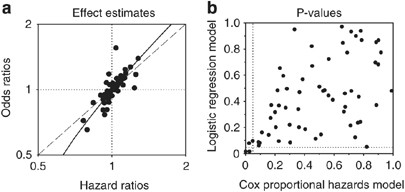



Cox Proportional Hazards Models Have More Statistical Power Than Logistic Regression Models In Cross Sectional Genetic Association Studies European Journal Of Human Genetics
The hazard ratio would be 2, indicating higher hazard of death from the treatment Hazard ratios differ from relative risks (RRs) and odds ratios (ORs) in that RRs and ORs are cumulative over an entire study, using a defined endpoint, while HRs represent instantaneous risk over the study time period, or some subset thereof Hazard ratios sufferRisk ratios, odds ratios, and hazard ratios are three common, but often misused, statistical measures in clinical research In this paper, the authors dissect what each of these terms define, and provide examples from the medical literature to illustrate each of these statistical measuresA value lower than 100 indicates decreased risk The 95% confidence intervals and statistical




Using Ggforestplot Ggforestplot




A Meta Analysis Of Adjusted Hazard Ratios From Observational Studies Of Bilateral Versus Single Internal Thoracic Artery Coronary Artery Bypass Grafting Sciencedirect
This video wil help students and clinicians understand how to interpret hazard ratios The hazard ratio was less than unity, indicating that the hazard of death in the screening group was less than that in the control group At any time during followup participants in the intervention group were 073 times as likely to die from colorectal cancer as those in the control group (that is, they had a reduction in risk of 27%)For instance, a disease free survival was longer for an anastrozole group compared to a tamoxifen group;



Hazard Ratio




The Utility Of Mortality Hazard Rates In Population Analyses Biorxiv
If there was an extremely low proportion of subjects with an event in all experiments (let's sayCox regression vs logistic regression Distinction between hazard/rate ratio and odds ratio/risk ratio – Hazard/rate ratio ratio of incidence rates – Odds/risk ratio ratio of proportions By taking into account time, you are taking into account more information than just binary yes/no Gain power/precisionHazard ratio The hazard ratio in survival analysis is the effect of an exploratory?
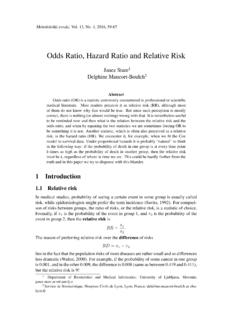



What Do All These Numbers Mean Odds Ratios Odds Ratio Pdf4pro
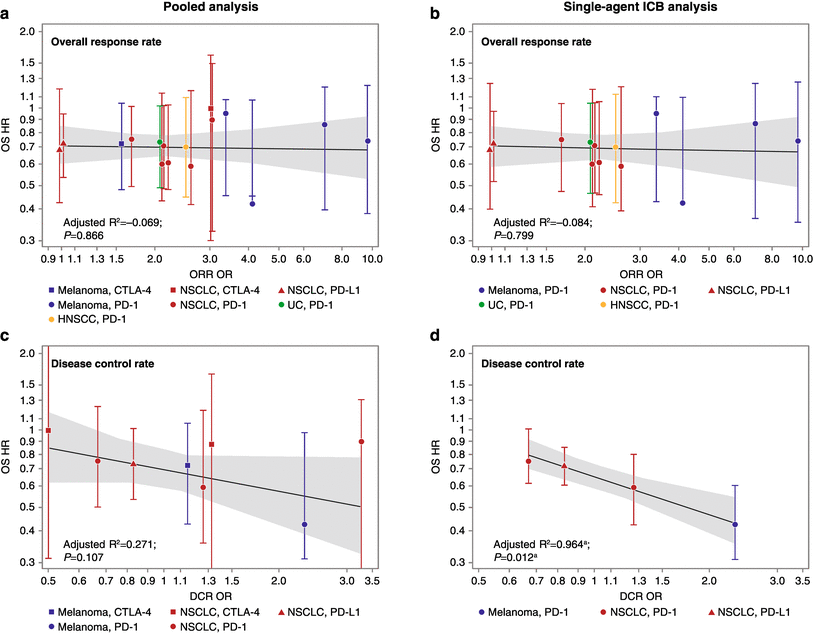



Figure 6 Evaluation Of Classical Clinical Endpoints As Surrogates For Overall Survival In Patients Treated With Immune Checkpoint Blockers A Systematic Review And Meta Analysis Springerlink
Introduction and background Risk ratios, odds ratios, and hazard ratios are three ubiquitous statistical measures in clinical research, yet are often misused or misunderstood in their interpretation of a study's results A 01 paper looking at the use of odds ratios in obstetrics and gynecology research reported 26% of studies (N = 151) misinterpreted odds ratios as risk ratios1 Log hazard ratio of dropout from the maintenance treatment program between patients in clinics B and A who take 50mg dose of methadone 2 Log hazard ratio of dropout from the maintenance treatment program between two individuals who are at clinic A and whose dosage differs by 1 mg 3 Difference in log hazard ratio of dropout from theFurthermore, the odds ratio of 258 for all persons is not a weighted average of the odds ratios of 265 for men and 291 for women, as 258 is closer to 1 than either stratumspecific estimate Adjusting the odds ratio of 258 for sex, using MantelHaenszel methods, produces an odds ratio of 279, though sex is not a confounder




Introduction To Biostatistics For Clinical And Translational Researchers



2
At 3 years after surgery, the cumulative incidence of reoperation because of small bowel obstruction was significantly reduced in the closure group (cumulative probability 0·055 for closure vs 0·102 for nonclosure, hazard ratio 0·56, 95% CI 0·41–0·76, p=0·0002) Closure of mesenteric defects increased the risk for severe postoperativeThe hazard ratio is simply the value of the hazard calculated from the treatment curve, divided by the hazard calculated from the control curve Based on the complexity, statistical software is required to make this calculation to estimate the hazard ratio Figure 1 The timetoevent curve or KaplinMeier curveOdds Ratio, Hazard Ratio and Relative Risk 63 Table 5 Examples of RR and OR for different probabilities ˇ 1 ˇ 2 RR OR4 1 4 62 3 67 5804 01 4 03 67 66 Hazard ratio (HR) Broadly equivalent to relative risk (RR);




Hazard Ratio Relative Risk Or Odds Ratio Of Selected Outcomes For The Download Table



Plos One Pcsk9 Loss Of Function Variants And Risk Of Infection And Sepsis In The Reasons For Geographic And Racial Differences In Stroke Regards Cohort
Odds ratios work the same An odds ratio of 108 will give you an 8% increase in the odds at any value of X Likewise, the difference in the probability (or the odds) depends on the value of X So if you do decide to report the increase in probability at different values of X, you'll have to do it at low, medium, and high values of XAfter converting the odds ratio to a risk ratio, the actual risk is 14 (mortality is 14 times more likely in patients with ICU delirium compared to those without ICU delirium) Because the incidence rate in the nondelirium group is high, the odds ratio exaggerates the true risk demonstrated in the studyThe odds ratio is the measure of choice in a casecontrol study (see Lesson 1) A casecontrol study is based on enrolling a group of persons with disease ("casepatients") and a comparable group without disease ("controls") The number of persons in the control group is usually decided by the investigator




Odds Ratios Need To Be Graphed On Log Scales Andrew Wheeler



2
More on the Odds Ratio Ranges from 0 to infinity Tends to be skewed (ie not symmetric) "protective" odds ratios range from 0 to 1 "increased risk" odds ratios range from 1 to Example "Women are at 144 times the risk/chance of men" "Men are Rate ratios are closely related to risk ratios, but they are computed as the ratio of the incidence rate in an exposed group divided by the incidence rate in an unexposed (or less exposed) comparison group Consider an example from The Nurses' Health Study This prospective cohort study was used to investigate the effects of hormone replacement therapy (HRT) on The basic difference is that the odds ratio is a ratio of two odds (yep, it's that obvious) whereas the relative risk is a ratio of two probabilities (The relative risk is also called the risk ratio) Let's look at an example Suppose you have a school that wants to test out a new tutoring program




Hazard Ratios
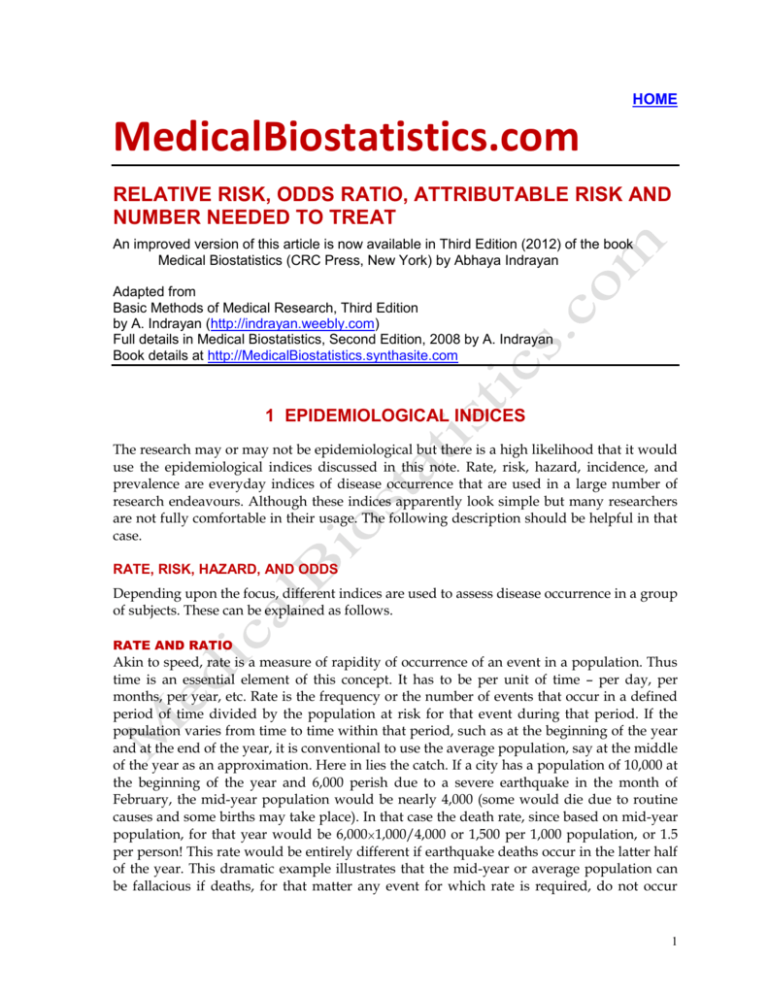



Relative Risk Odds Ratio Attributable Risk And
Odds Ratio (OR) vs A hazard ratio is I just have a question regarding hazard ratios Are these similar to odds ratio? The difference is small because in this RCT the outcome was relatively rare (14%) and the odds ratio was close to one In the cohort study example, the difference between the odds ratio and risk ratio was larger (odds ratio = 080 vs risk ratio = 092;




Clinical Significance Of Pre Treated Neutrophil Lymphocyte Ratio In The Management Of Urothelial Carcinoma A Systemic Review And Meta Analysis Abstract Europe Pmc




Statistics For Medical Students Geeky Medics
Relative Risk and Odds Ratio Calculator This Relative Risk and Odds Ratio calculator allows you to determine the comparative risk of the occurrence of a significant event (or outcome) for two groups For example, suppose the members of one group each eat a kilo of cheese every day, and the members of another group eat no cheese, and you have Hazard ratio can be considered as an estimate of relative risk, which is the risk of an event (or of developing a disease) relative to exposure Relative risk is a ratio of the probability of the event occurring in the exposed group versus the control (nonexposed) group Is hazard ratio and odds ratio?The risk ratio (or relative risk) is the ratio of the risk of an event in the two groups, whereas the odds ratio is the ratio of the odds of an event (see Box 92a ) For both measures a value of 1 indicates that the estimated effects are the same for both interventions Neither the risk ratio nor the odds ratio can be calculated for a study




Various Estimates For The Odds Ratios And Hazard Ratios Of Herpes Download Table




Pdf What S The Risk Differentiating Risk Ratios Odds Ratios And Hazard Ratios Semantic Scholar
Or one could view the risk ratio and the odds ratio as approximations to the hazard ratio or rate ratio Rates and hazards can exceed 1, unlike risks, so there's no constraint on the hazard ratio, unlike the risk ratio Hazard ratios / rate ratios can therefore be constant over the entire range of baseline hazard / background rate RogerAnswer (1 of 2) James Pan's answer is accurate and helpful in answering the question, but I would add some additional important characteristics 1 It's never wrong to use Odds ratio (OR), but where you have the true incidence rate it is preferred that you use the risk ratio/relative risk (RR) 2And the statistic given was "hazard ratio 0 (95% CI , p value=0013)



How To Remember The Differences Between Odds Ratio Hazard Ratio And Likelihood Ratio And In What Instances They Should Be Applied Quora



2
Useful when the risk is not constant with respect to time It uses information collected at different times The Hazard ratio (E vs C) for the time period Please note that results shown are rounded to 2 decimal places, but the calculations used the raw numbers from the previous column ( c ) and therefore give different results than if the rounded numbers were used (eg, 006/008 = 075)Essentially, the odds ratio estimate the _______ in these types of studies Risk ratio What is the definition of odds ratio?




Reply On The Use Of Odds Ratios Versus Hazard Ratios Meta Regression And Heterogeneity In Meta Analyses Journal Of The American College Of Cardiology



Ajconline Org
Odds ratio vs Relative Risk/Hazard Ratio I have a background in physics with a few courses in statistics, but I still have a hard time intuitively understanding OR I get RR as it just is a ratio of probabilities, and I look at HR as RR with a time component95% confidence interval, ) and incident ASCV events (hazard ratio, 187An odds ratio of 2 means that the event is 2 time more probable given a oneunit increase in the predictor It means the odds would double, which is not the same as the probability doubling In Cox regression, a hazard ratio of 2 means the event will occur twice as often at each time point given a oneunit increase in the predictor




What Does An Odds Ratio Or Relative Risk Mean
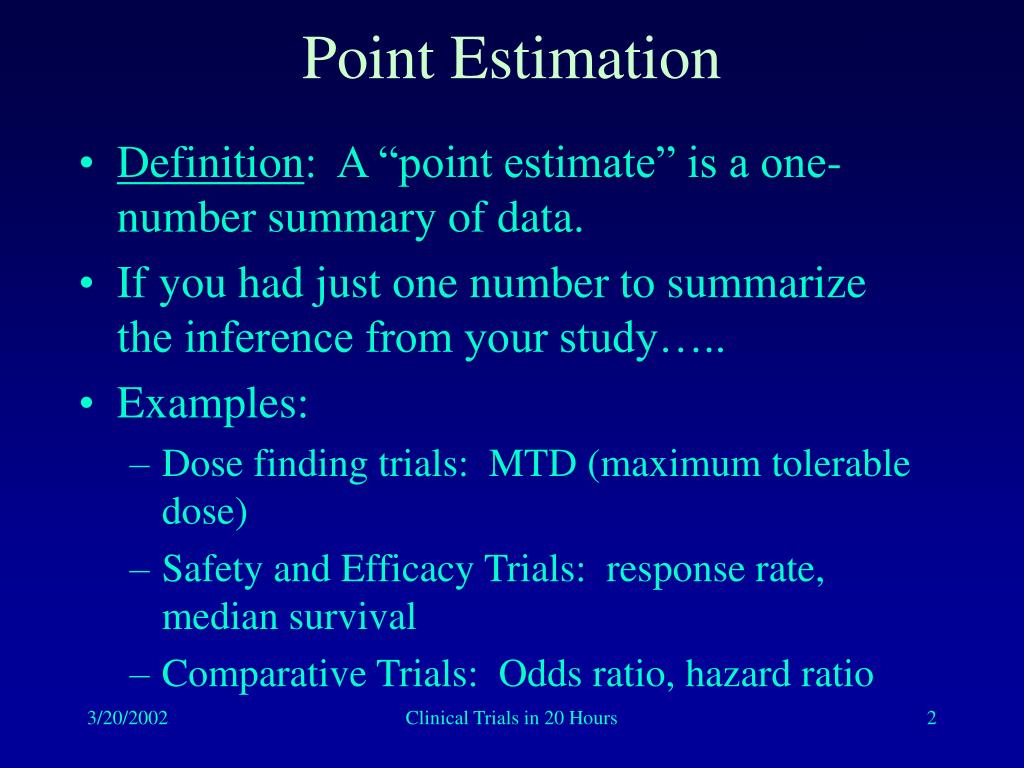



Ppt Point Estimation Odds Ratios Hazard Ratios Risk Differences Precision Powerpoint Presentation Id
Odds that a person with an adverse outcome was at risk (or exposed)/ Odds that a person without an adverse outcome was at risk (or exposed) Odds group 1/odds group 2The Relative Risk Ratio and Odds Ratio are both used to measure the medical effect of a treatment or variable to which people are exposed The effect could be beneficial (from a therapy) or harmful (from a hazard) Risk is the number of those having the outcome of interest (death, infection, illness, etc) divided by the total number exposed to Hazard Ratios vs Risk Ratios (or Relative RiskVariable on the hazard or risk of an event Hazard ratio can be considered as an estimate of relative risk, which is the risk of an event (or of developing a disease) relative to exposureRelative risk is a ratio of the probability of the event occurring in the exposed group versus the control (nonexposed) group




Relative Risks And Odds Ratios What S The Difference Mdedge Family Medicine
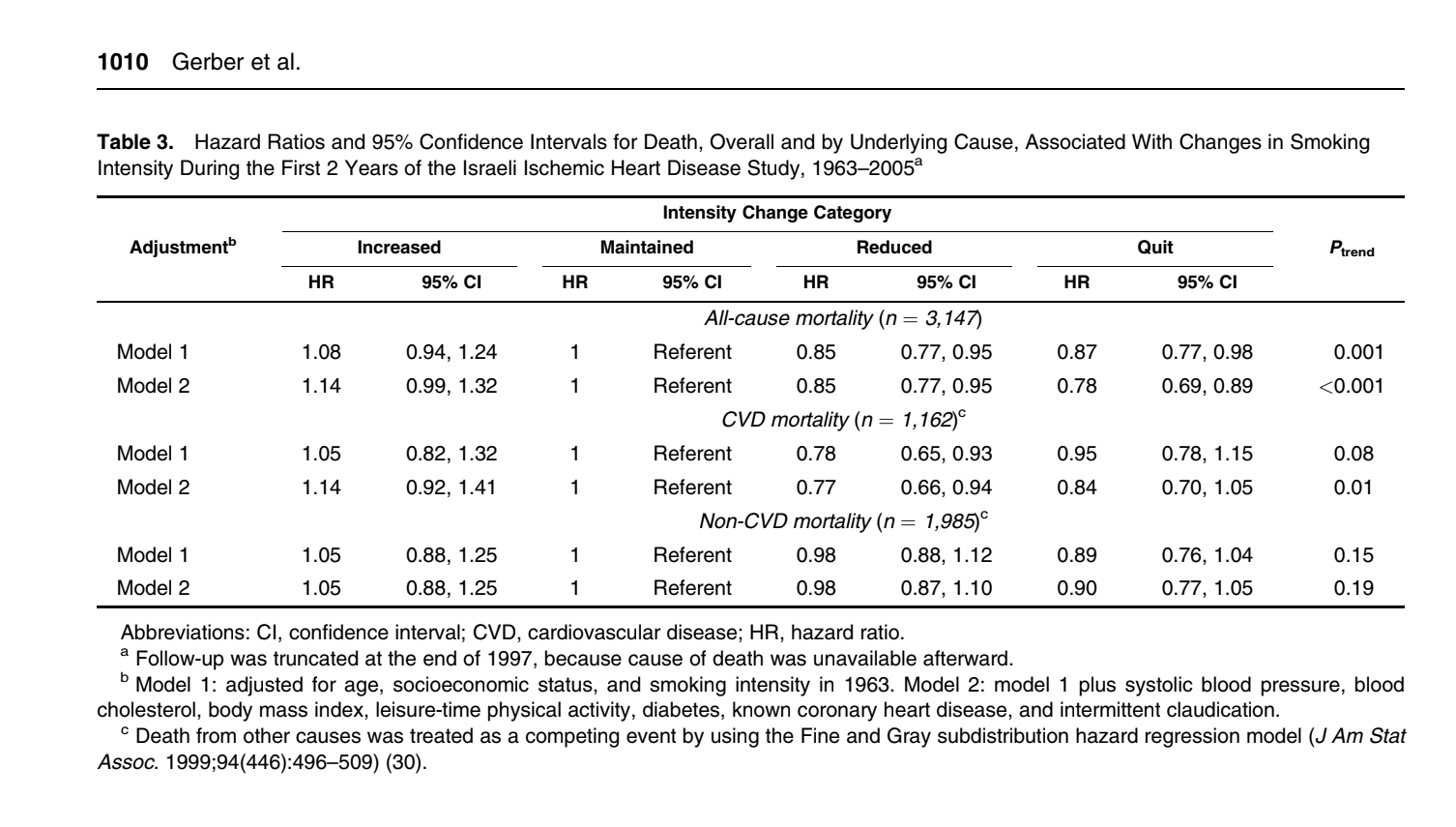



Solved Table 3 Provides Hazards Ratios Lt 1 For The Chegg Com
Odds ratios (OR) are commonly reported in the medical literature as the measure of association between exposure and outcome However, it is relative risk that people more intuitively understand as a measure of association Relative risk can be directly determined in a cohort study by calculating a risk ratio (RR) In casecontrol studies, and Hazard Ratios vs Risk Ratios (or Relative Risk) Hazard ratio is frequently interpreted as risk ratio (or relative risk), but they are not technically the same However, if that helps you to understand hazard ratio then it is OK But keep in mind HR is not RRThe odds ratio (OR) is the ratio of odds of an event in one group versus the odds of the event in the other group An RR (or OR) of 10 indicates that there is no difference in risk (or odds) between the groups being compared An RR (or OR) more than 10 indicates an increase in risk (or odds) among the exposed compared to the unexposed




A Systematic Review And Meta Analysis Of Gender Differences In Long Term Mortality And Cardiovascular Events In Peripheral Artery Disease Journal Of Vascular Surgery




Applied Statistics Relative Risks Odds Ratios Hazard Ratios Nnt Nnh Flashcards Quizlet
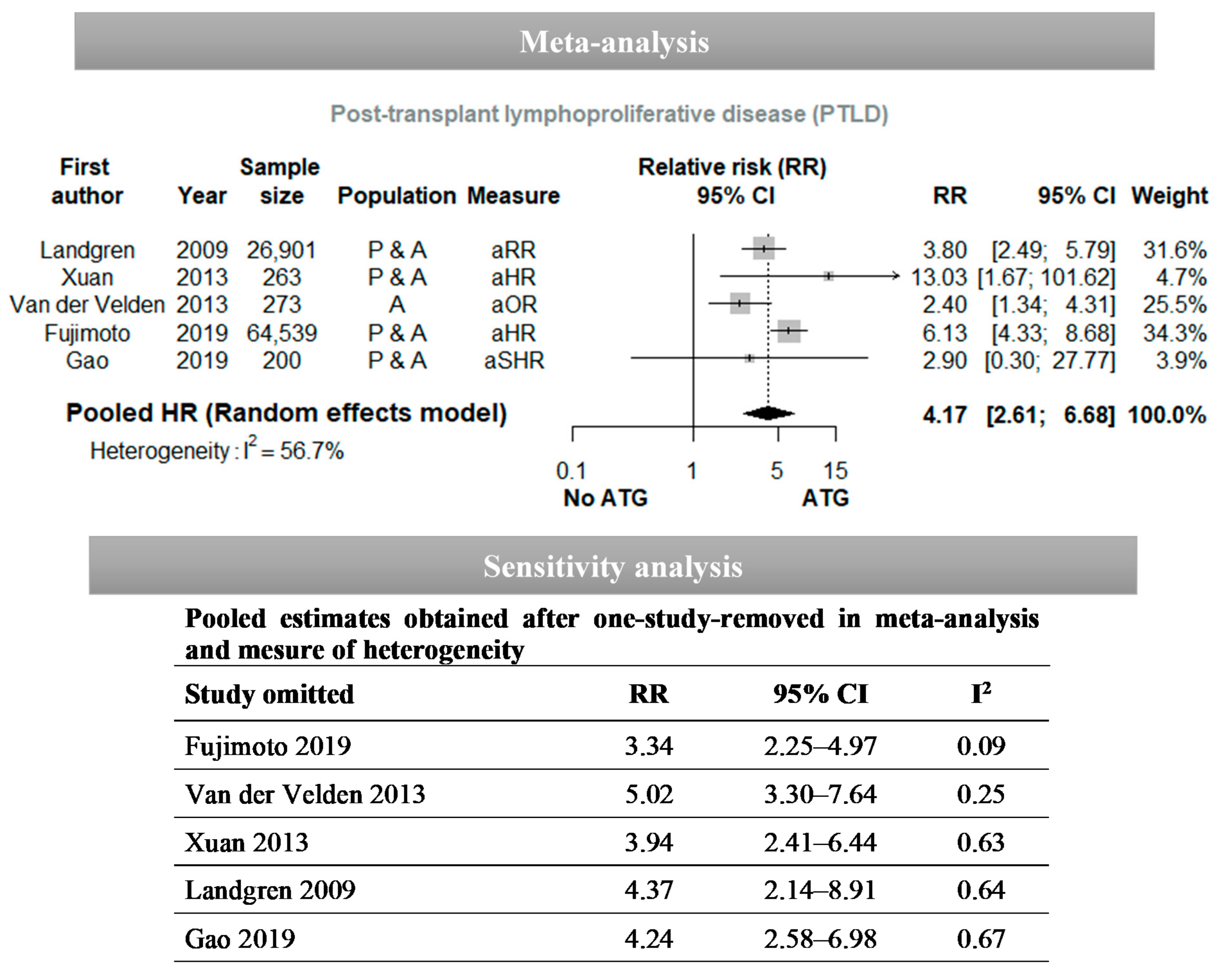



Vaccines Free Full Text Factors Associated With Post Transplant Active Epstein Barr Virus Infection And Lymphoproliferative Disease In Hematopoietic Stem Cell Transplant Recipients A Systematic Review And Meta Analysis Html



1



2 Which Of The Following Is Not A Measure Of Relative Risk A B C D E Odds Ratio Risk Ratio Hazard Ratio Number Needed To Treat Rate Ratio Course Hero



Relative Risk Ratios And Odds Ratios
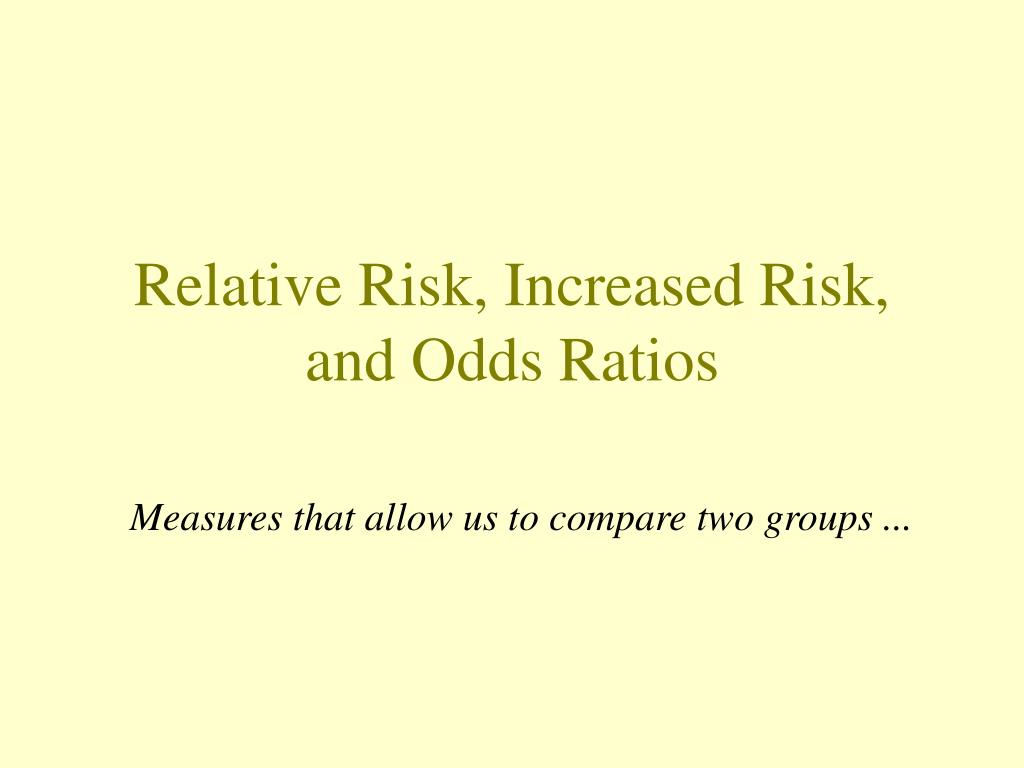



Ppt Relative Risk Increased Risk And Odds Ratios Powerpoint Presentation Id
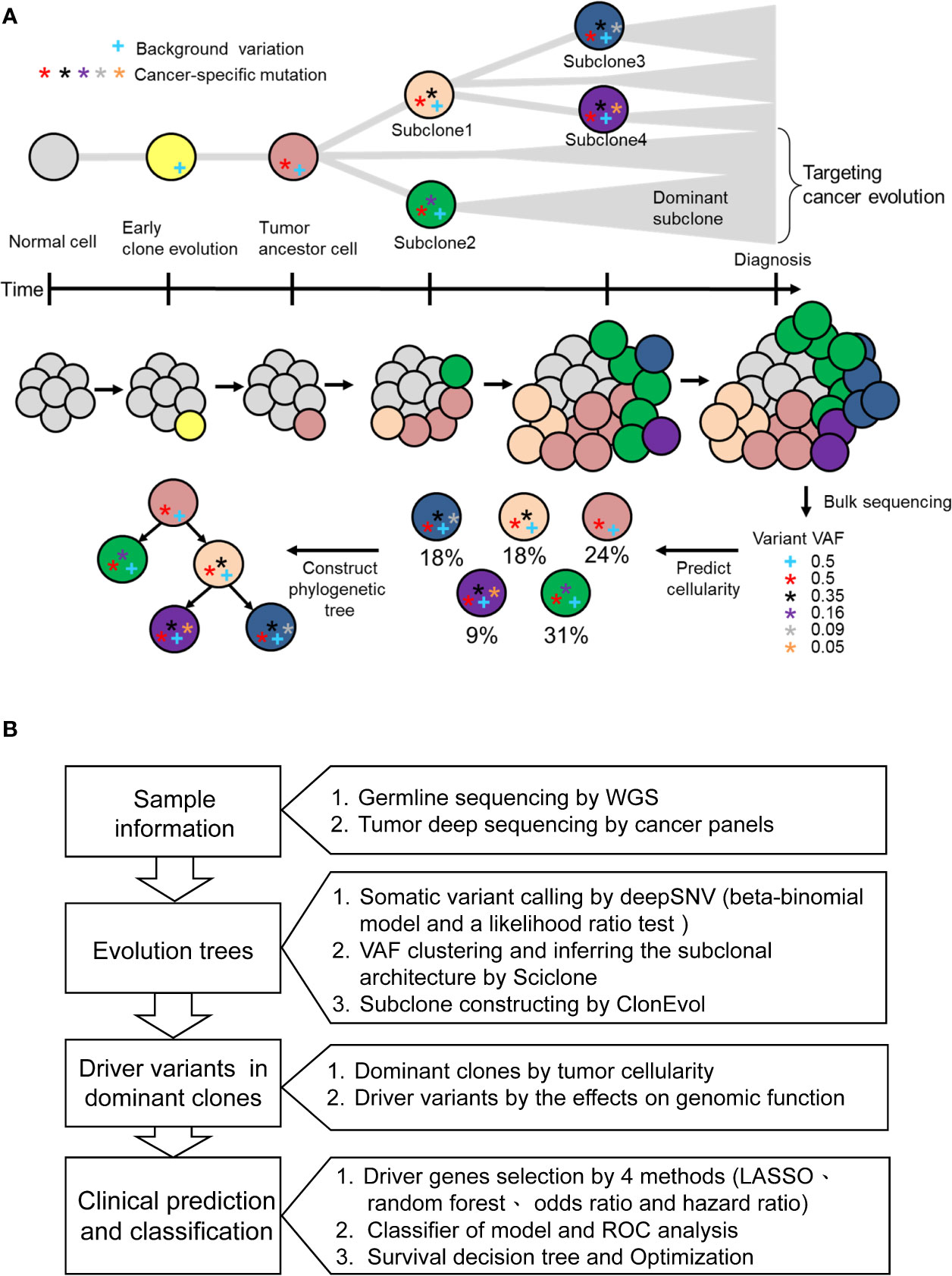



Frontiers Intratumor Heterogeneity Of Myo18a And Fbxw7 Variants Impact The Clinical Outcome Of Stage Iii Colorectal Cancer Oncology



Odds Ratio Vs Risk Ratio Biostatistics Wiki Ucsf




Odds Ratio Hazard Ratio And Relative Ratio Hazard Ratio And Relative Risk 63 Table 5 Examples Of Rr And Or For Different Probabilities Dagger 1 Dagger 2 Rr Or 4 1 4 6 2 3 67 58 04 Pdf Document



Plos One Delirium As A Predictor Of Mortality And Disability Among Hospitalized Patients In Zambia




Eposters How Big Is A Big Hazard Ratio




Odds Ratio Hazard Ratio And Relative Risk Janez Stare Semantic Scholar




Relative Risk Wikipedia
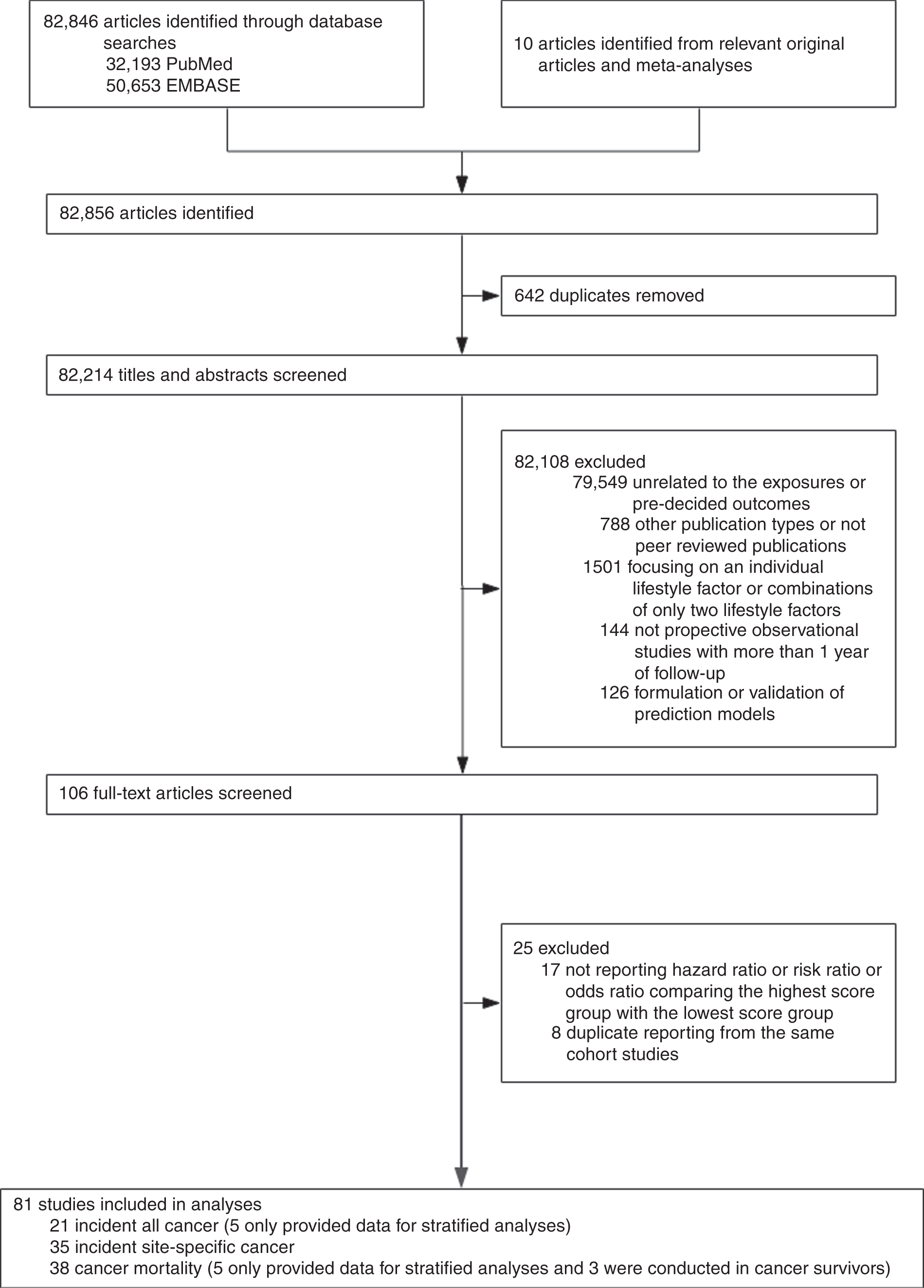



Combined Lifestyle Factors Incident Cancer And Cancer Mortality A Systematic Review And Meta Analysis Of Prospective Cohort Studies British Journal Of Cancer




Relative Risk Odds Ratios Youtube



Hazard And Odds Ratios Image Eurekalert Science News Releases




Odds Ratios And Log Odds Ratios Clearly Explained Youtube




Systemic Review And Meta Analysis Of Impact Of Splenectomy For Advanced Gastric Cancer In Vivo




Tutorial About Hazard Ratios Students 4 Best Evidence




Padb Published Association Database Bmc Bioinformatics Full Text




Converting An Odds Ratio To A Range Of Plausible Relative Risks For Better Communication Of Research Findings The Bmj




Hazard Ratio An Overview Sciencedirect Topics
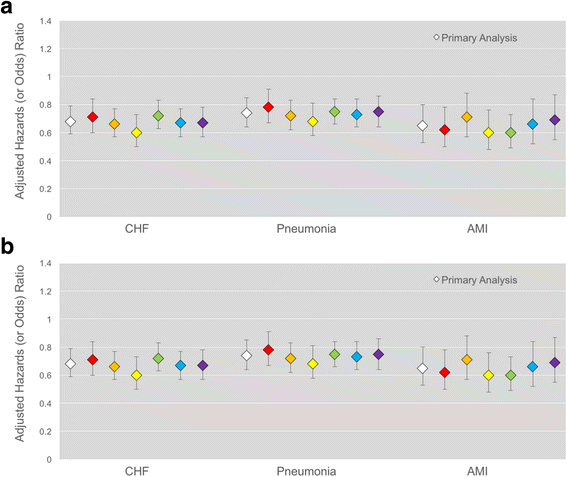



Overweight Or Obese Bmi Is Associated With Earlier But Not Later Survival After Common Acute Illnesses Bmc Geriatrics Full Text
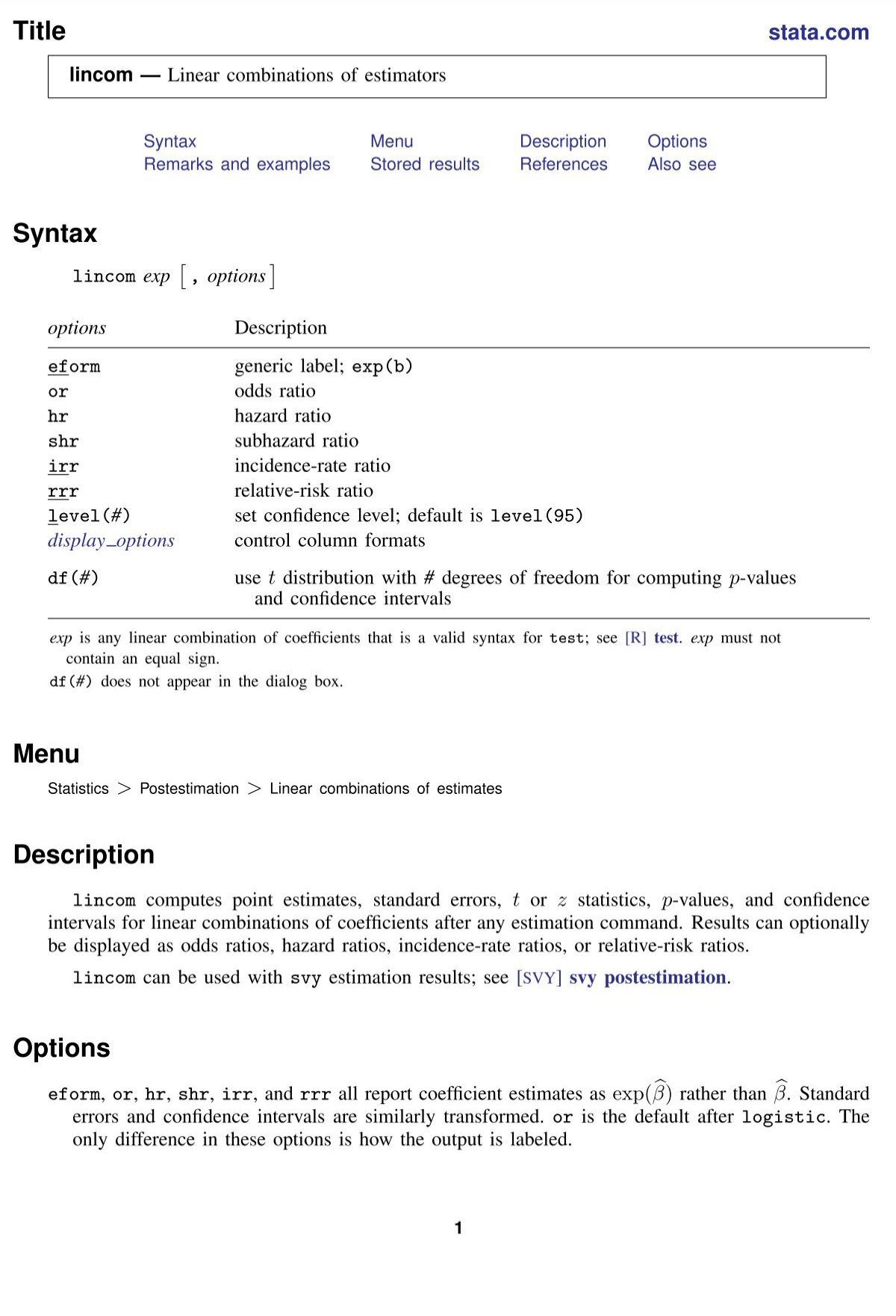



Lincom Stata




Edgar V Lerma Low Ammonium Excretion Hazard Ratio For Esrd Odds Ratio Of Fast Mgfr Decline Nephpearls Askrenal T Co Chpz0j90ff T Co Ht1biku28p




Clinical Trials In Hours Point Estimation Odds




Chapter 6 Choosing Effect Measures And Computing Estimates Of Effect Cochrane Training
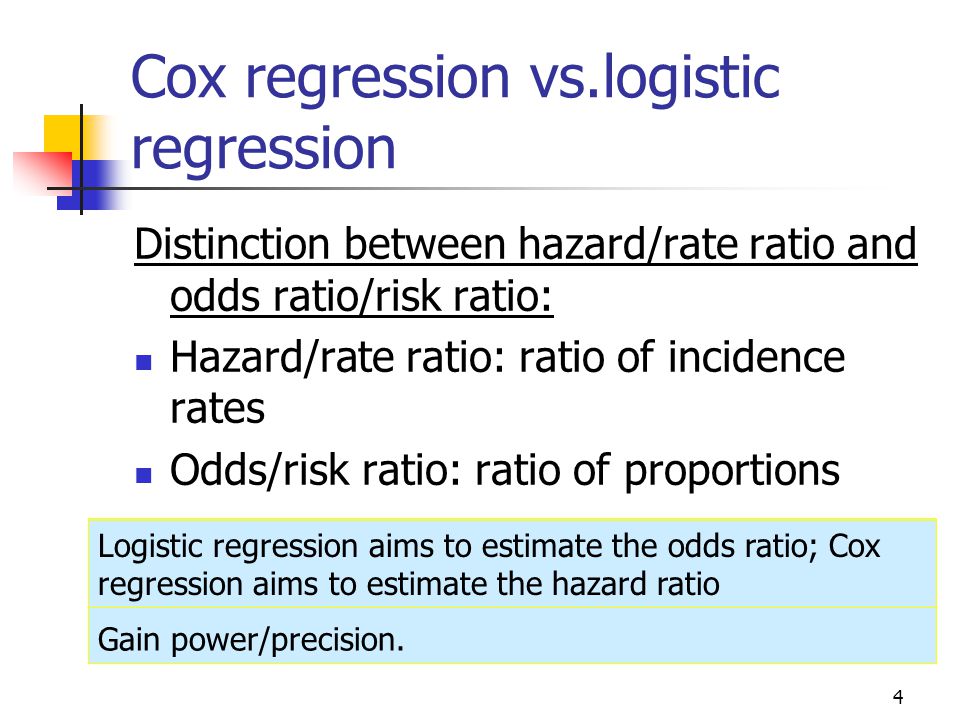



Statistics 262 Intermediate Biostatistics Ppt Video Online Download



Washacad Org




Significant Improvement In Short And Long Term Kidney Transplant Survival Despite Stagnant Rates Of Delayed Graft Function Atc Abstracts



1




Jci Insight Plasma Copeptin And Chronic Kidney Disease Risk In 3 European Cohorts From The General Population
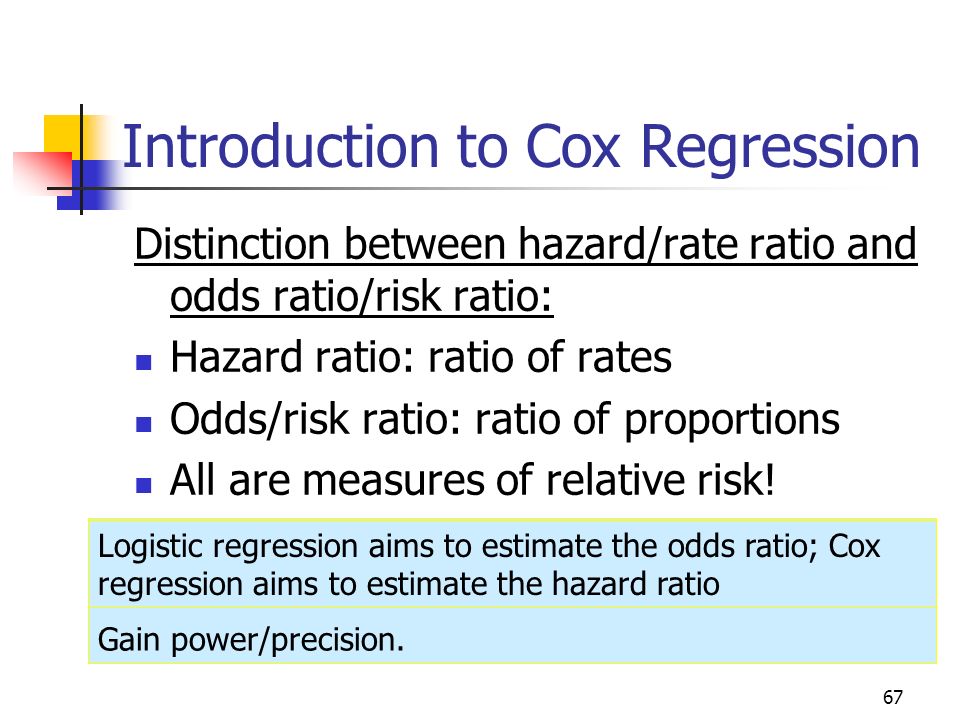



Tests For Time To Event Outcomes Survival Analysis Ppt Download
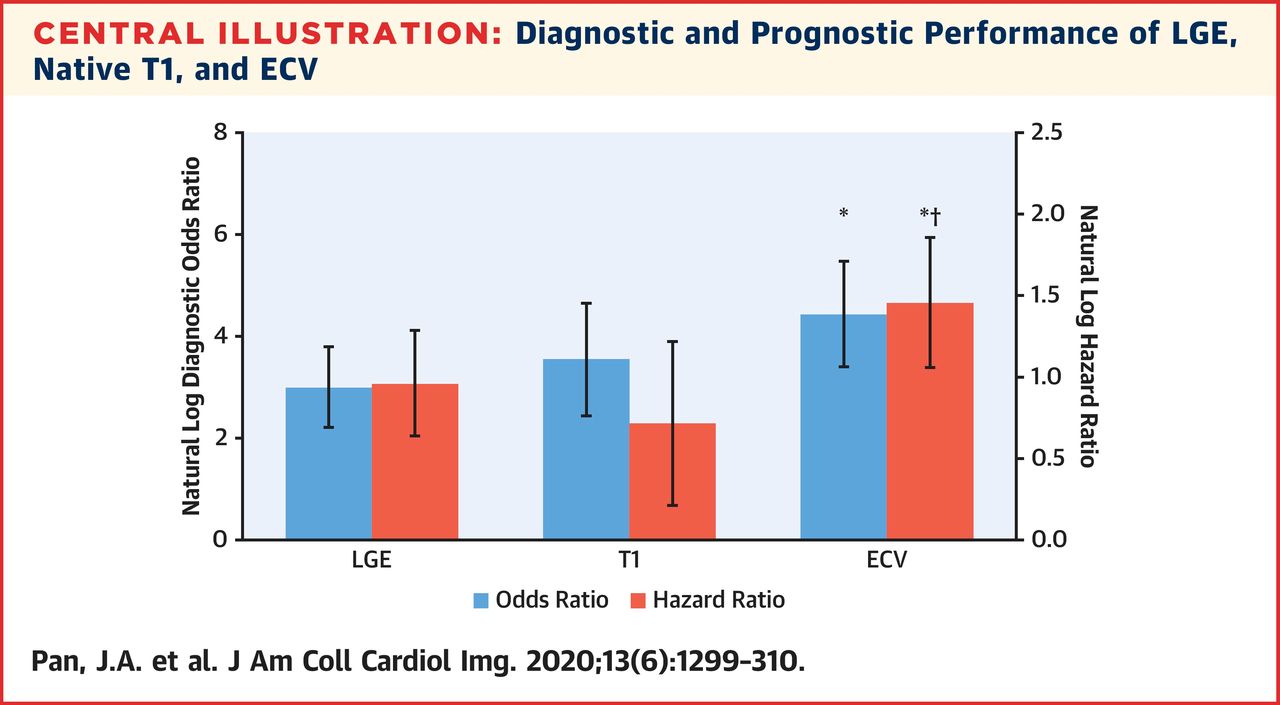



Jacc Journals Jaccimg Explores Cmr In Cardiac Amyloidosis T1 Mapping Has Similar Sensitivity Specificity While Avoiding Contrast Ecv Has Highest Diagnostic Odds Ratio Hazard Ratio For Adverse Events




1 Relative Risks Odds Ratios Or Hazard Ratios Of Risk Factors For Download Table




Cureus What S The Risk Differentiating Risk Ratios Odds Ratios And Hazard Ratios




Should One Derive Risk Difference From The Odds Ratio 17 By Sander Bayes Datamethods Discussion Forum




Thread By Profdfrancis Risk Ratio Odds Ratio Hazard Ratio 2nd And Final Part Of The Tweetorial From Orbita Hq Fun Easy And Informativ Meded Foamed Cardiology Cardiotwitter




Odds Ratio And Hazard Ratio For Complications Download Table
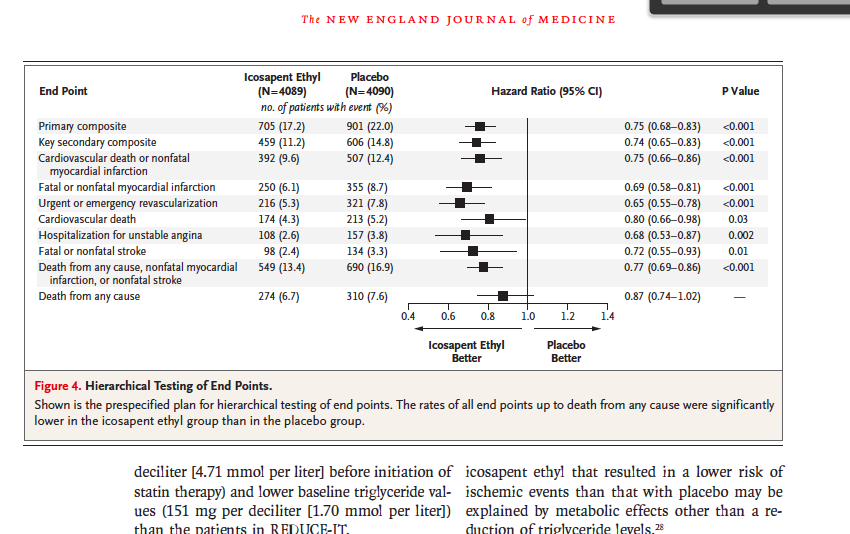



Solved State The Mean Median Hr Hazard Ratio Chegg Com




The Difference Between Relative Risk And Odds Ratios The Analysis Factor




Should One Derive Risk Difference From The Odds Ratio 17 By Sander Bayes Datamethods Discussion Forum




Abc Transporter Genes And Risk Of Type 2 Diabetes Diabetes Care



2




Comparison Of Tenofovir Versus Entecavir On Reducing Incidence Of Hepatocellular Carcinoma In Chronic Hepatitis B Patients A Systematic Review And Meta Analysis Gu Journal Of Gastroenterology And Hepatology Wiley Online Library




Pdf What S The Risk Differentiating Risk Ratios Odds Ratios And Hazard Ratios Semantic Scholar




Relative Measures Of Association For Binary Outcomes Challenges And Recommendations For The Global Health Researcher



2
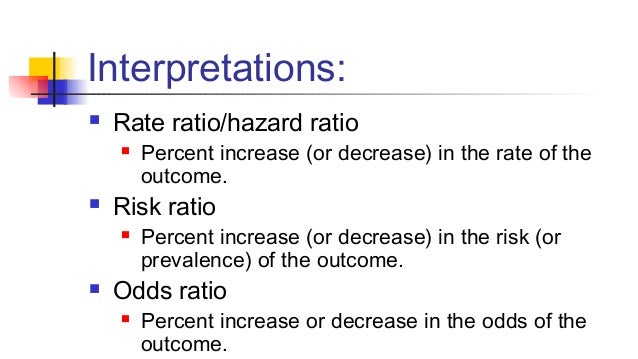



印刷可能 Odds Vs Risk ただの悪魔の画像



Plos One Bleeding Risk With Long Term Low Dose Aspirin A Systematic Review Of Observational Studies




Tutorial About Hazard Ratios Students 4 Best Evidence
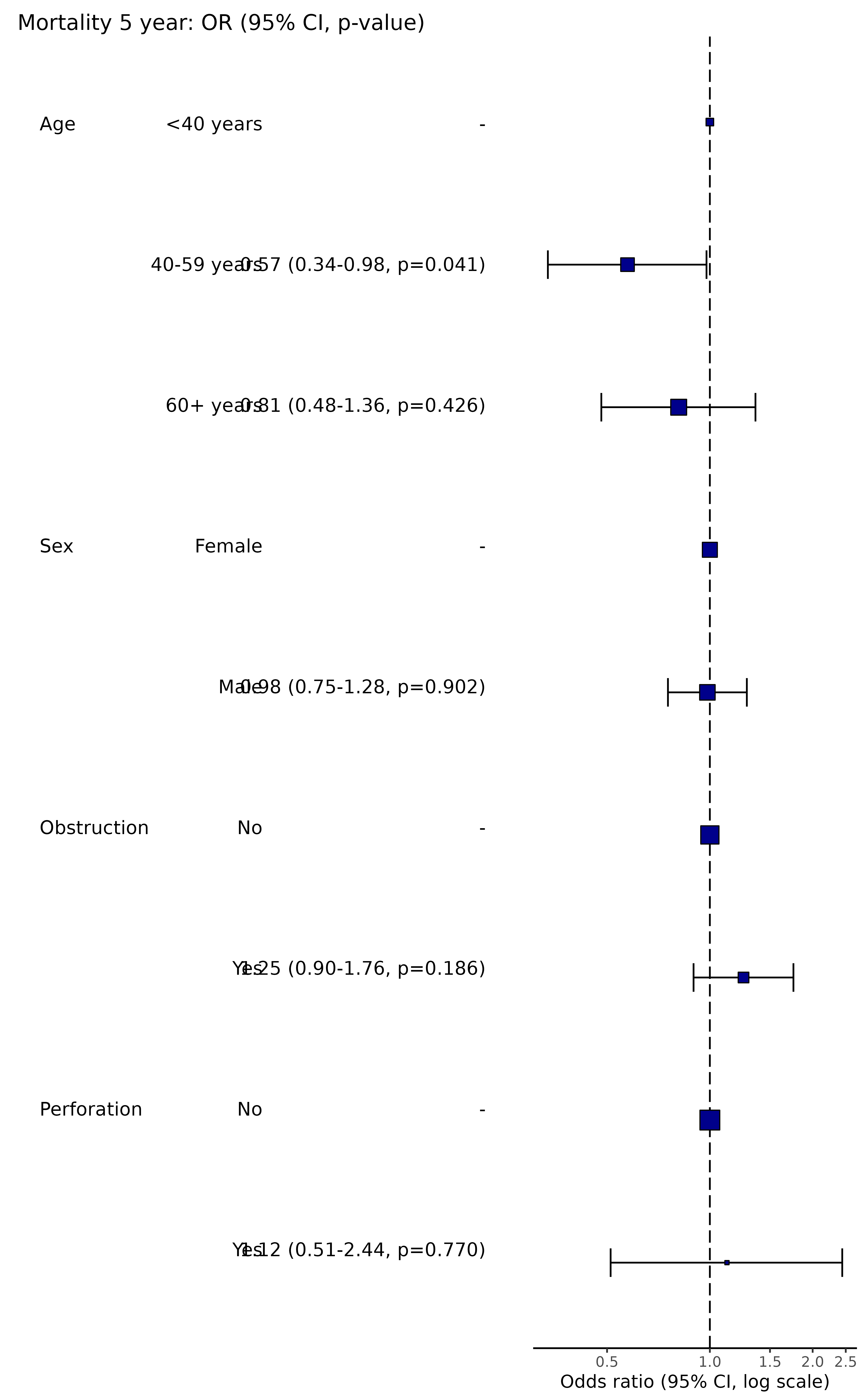



Produce A Table And Plot Ff Plot Finalfit




1 Relative Risks Odds Ratios Or Hazard Ratios Of Risk Factors For Download Table



Calculating Population Attributable Fraction For Cardiovascular Risk Factors Using Different Methods In A Population Based Cohort Study Azimi Journal Of Research In Health Sciences




Odds Ratio Hazard Ratio And Relative Risk Janez Stare Semantic Scholar



Odds Ratio




Hazard Ratio Vs Odds Ratio ただの悪魔の画像




Hazard Ratio Wikipedia




Risk Thresholds For Alcohol Consumption Combined Analysis Of Individual Participant Data For 599 912 Current Drinkers In Prospective Studies The Lancet




Biostatistics Primer What A Clinician Ought To Know Hazard Ratios Sciencedirect




Hazard Ratio Odds Ratio




Cureus What S The Risk Differentiating Risk Ratios Odds Ratios And Hazard Ratios




Fillable Online Odds Ratio Hazard Ratio And Relative Risk Fax Email Print Pdffiller




Validity Of Using Cancer Registry Data For Comparative Effectiveness Research Medrxiv




How To Calculate Odds Ratio And Relative Risk In Excel Statology



How To Read A Forest Plot Cochrane Uk




Association Of Bmi Diabetes And Risk Of Tuberculosis A Population Based Prospective Cohort International Journal Of Infectious Diseases
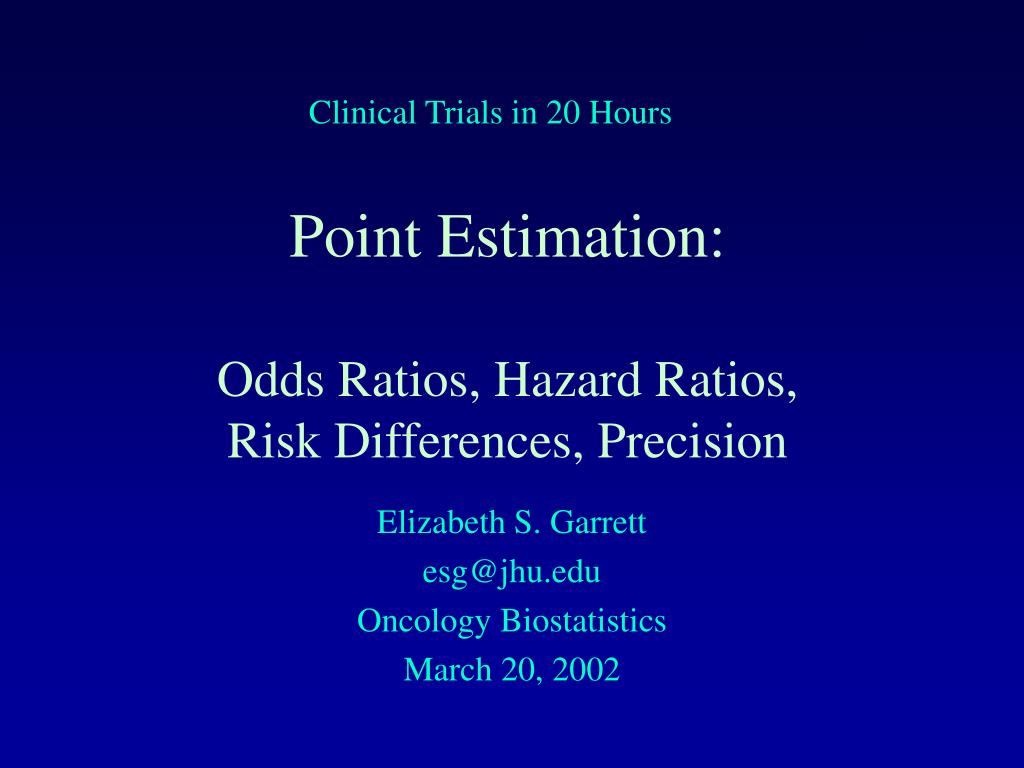



Ppt Point Estimation Odds Ratios Hazard Ratios Risk Differences Precision Powerpoint Presentation Id
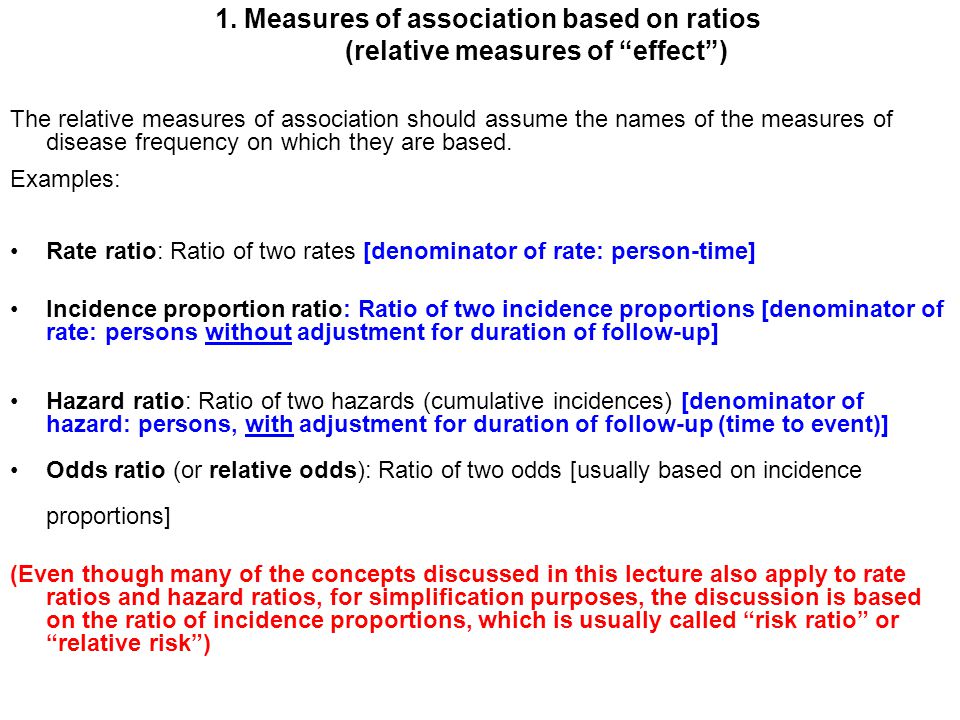



Measures Of Association Ppt Download
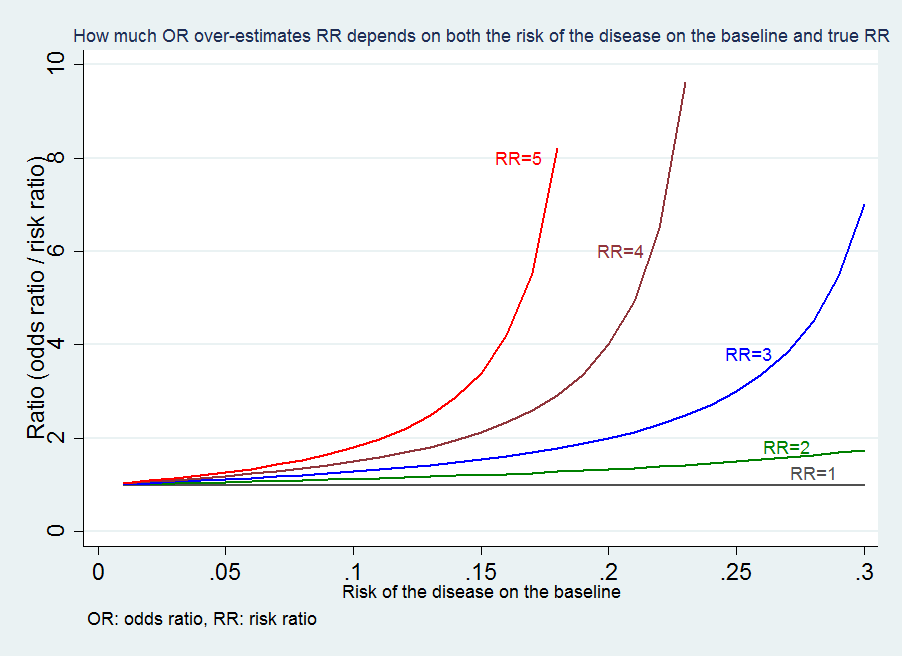



Medical Statistics And Data Science Statistics
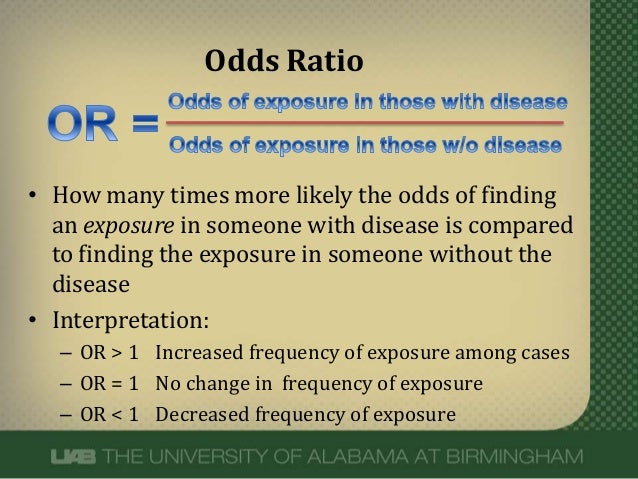



What Does An Odds Ratio Or Relative Risk Mean




Odds Ratios And Risk Ratios Youtube




Cetuximab And Chemotherapy As Initial Treatment For Metastatic Colorectal Cancer Nejm




Statistics For Afp Dr Mohammad A Fallaha Afp
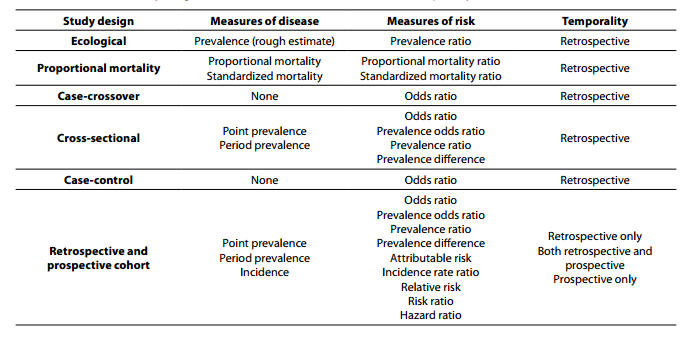



Observational And Interventional Study Design Types An Overview Biochemia Medica



0 件のコメント:
コメントを投稿